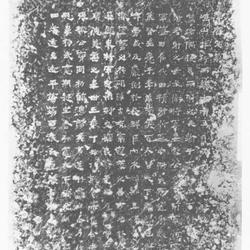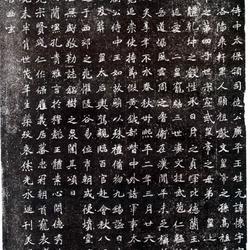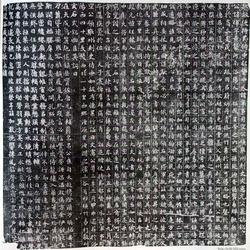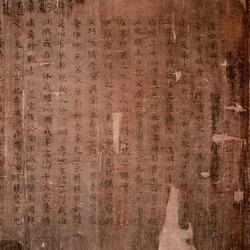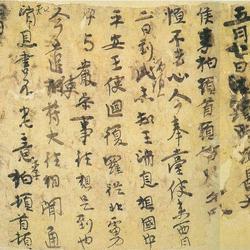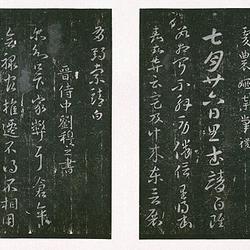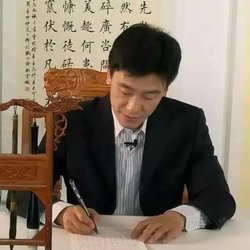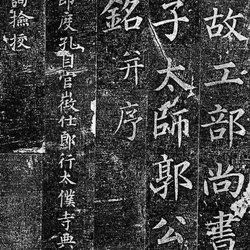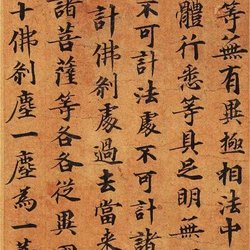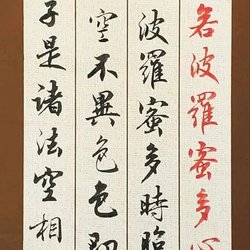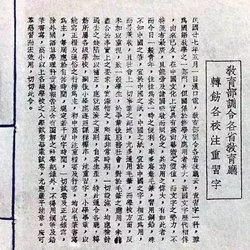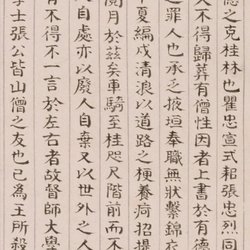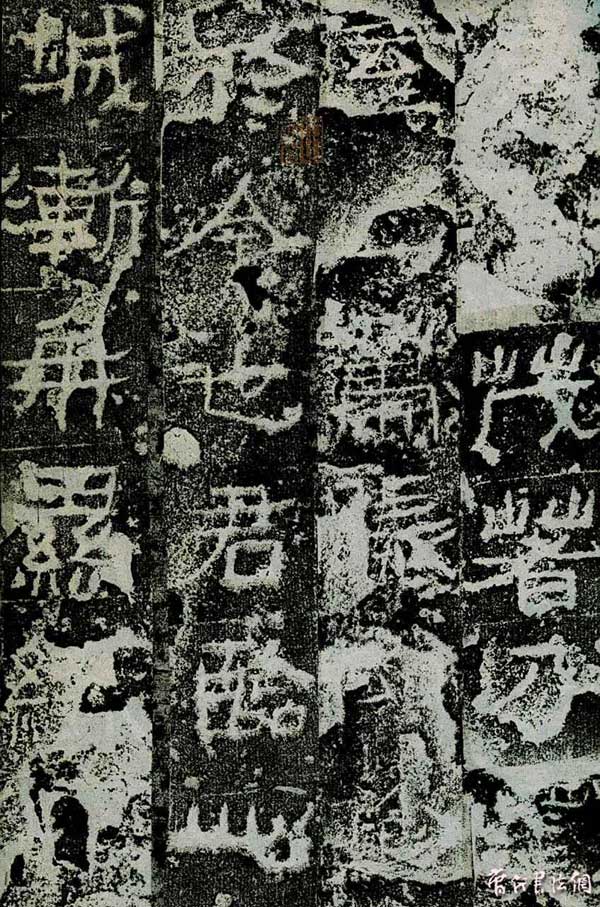
"General Guangwu Monument" is also known as "General Guangwu Oral Monument with Yin Side", "Lijieshan Temple Monument with Yin Side", and "Zhang Chan Monument". The forehead is written with five characters "Li Boundary Mountain Stone Ci". Inscribed in the fourth year of Jianyuan (368) of the former Qin Dynasty, in official script, 32.5 cm in length and 20.5 cm in width, with inscriptions on all sides. The stele has 17 lines and 31 characters. It was unearthed during the Qianlong period of the Qing Dynasty, later lost, and rediscovered during the Guangxu period. It was rediscovered in the Cangjie Temple in Baishui, Shaanxi Province in 1920. It was moved to the Forest of Steles in Xi'an in 1972, and the third room of the Forest of Steles now exists. "Pingjin Reading Stele Notes" says: "The stele is in ruins. It narrates his ancestors in the first place, and his political achievements in the second. At the end, there is an official name and a boundary, which seems to be a stele commemorating achievements and establishing boundaries." There are very few stone carvings in the pre-Qin Dynasty, and only this stele is related to Deng Taiwei. There are two examples of steles, which were highly cherished by the old people.
The calligraphy style of this stele is between official and regular script. The lines are thin and strong, the structure is broad and broad, and the overall style is elegant, simple and lush, full of strange shapes, extremely wonderful turns, and full of changes in the meaning of the brushstrokes. Yao Hua's postscript says: "The ending of the ancient Li can be seen in the Cuan Baozi Stele, and the beginning of the modern Li can be seen in the Zhang Chan Stele (that is, the Guangwu General Stele)." It can be seen that the evaluation is quite high.

